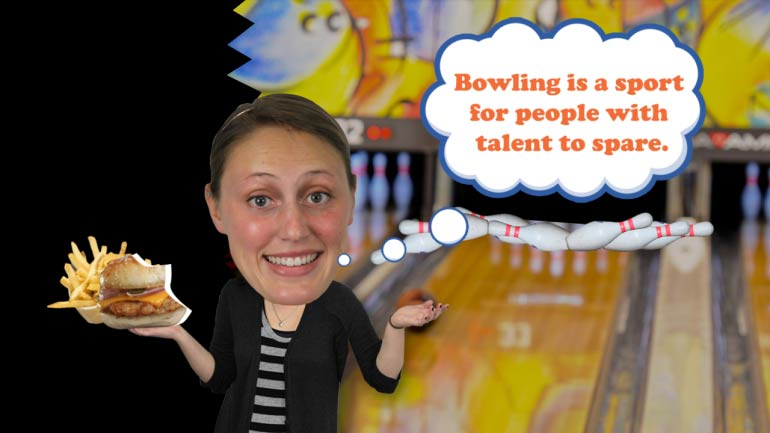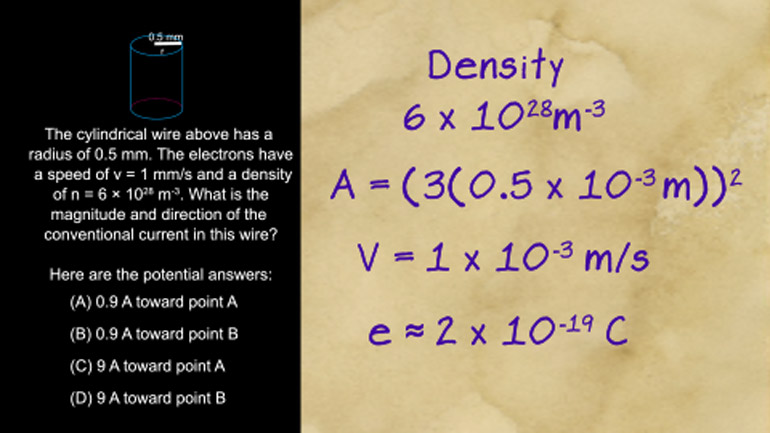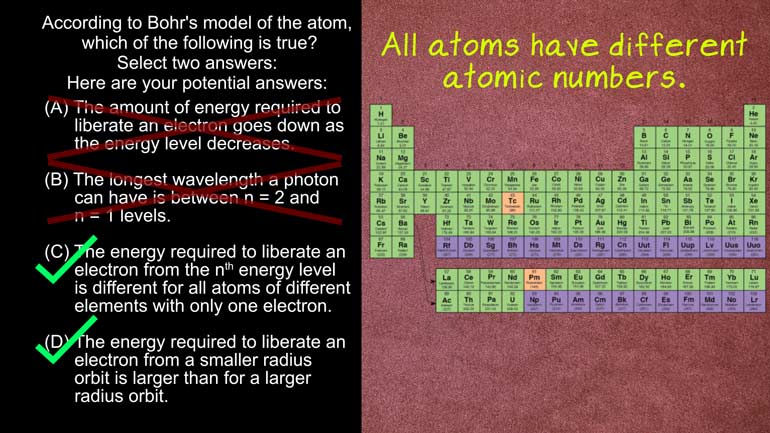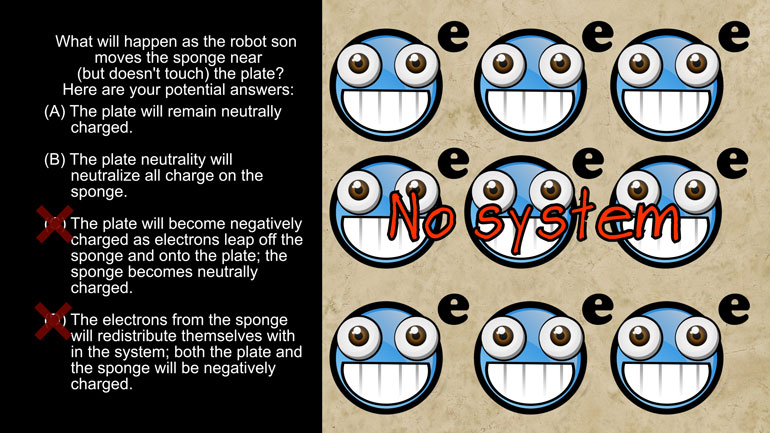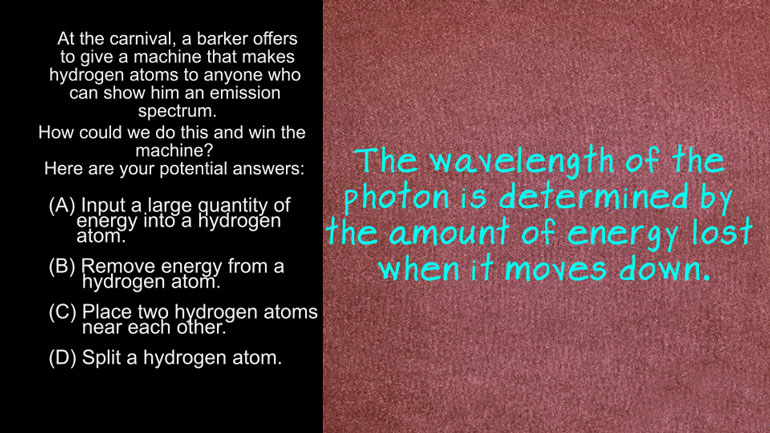ShmoopTube
Where Monty Python meets your 10th grade teacher.
Search Thousands of Shmoop Videos
AP Physics 2: 1.4 Changes and Conservation Laws 3 Views
Share It!
Description:
AP Physics 2: 1.4 Changes and Conservation Laws. Find the capacitance of the capacitor.
Transcript
- 00:04
And here's your shmoop du jour brought to you by flash
- 00:06
bulbs flash bulbs were important when cameras were just cameras a long long [Cameras flashing]
- 00:10
time ago like back in the 90s it really helped cavemen get good selfies with [caveman taking selfie with wolly mammoth]
- 00:15
the woolly mammoths.... Chris walked into the living room to find his pet cat, Admiral
- 00:20
Snugglesworth playing the piano Chris wants to capture the moment but the [Admiral the cat playing piano and Chris tries to take picture]
Full Transcript
- 00:24
battery on his camera phone is dead he rushes up to the attic finds an old
- 00:28
flashbulb camera and makes it back down just in time to snap a photo of the [Chris using flashbulb camera]
- 00:32
Admiral the energy used to produce the flash is stored in a capacitor the flash
- 00:36
pulse has the power of 100 thousand watts and a duration of .001
- 00:39
seconds and the potential difference be across the capacitor plates is held
- 00:43
constant at 200 volts, energy is stored in a capacitor with a capacitance of C at a [physics formula]
- 00:48
potential difference V determine the capacitance of the capacitor assume all
- 00:53
the energy stored in the capacitor is converted into energy for the flash and
- 00:57
here are the potential answers..different kind of flash... All right, [potential answers and the Flash appears]
- 01:02
look not to sound jaded but we've seen all the pictures of cats playing the
- 01:06
piano the internet is built on piano playing cat pics is any image search [internet page of cats playing piano]
- 01:10
will prove sorry Chris but without video evidence of the Admiral playing
- 01:14
Beethoven's ninth were not impressed but a flashbulb camera that we are impressed [Chris takes picture of girl with flashbulb camera]
- 01:19
with it's like a historical artifact from a simpler time okay, enough about
- 01:23
cats and cameras.. in order to solve this problem we first need to find out how [two hands with sparks in between]
- 01:27
much power we're dealing with. Since all the energy in the capacitor is used by
- 01:31
the flash if we can figure out how much energy is needed to blind poor Admiral [Admiral being photographed by Chris]
- 01:35
Snugglesworth then we can figure out the total energy we're dealing with well
- 01:40
energy equals power times time in this case we have a hundred thousand watts of [Energy formula shown on blackboard]
- 01:44
power used in one, one thousandth of a second and that means the total energy
- 01:49
is a hundred joules we were already given the equation to calculate the
- 01:53
stored energy we just need to arrange that equation to find the capacitance [equation for stored energy rearranged]
- 01:57
starting with the equation U sub E equals one half CV squared we find that
- 02:02
C equals 2U sub E over V squared plugging in the numbers we find that the
- 02:08
capacitance equals five microfarads which means the correct answer is D
- 02:13
if we ever have a pet talented enough to actually play an instrument we're going [Admiral playing the piano and jumps on Chris]
- 02:17
to be very careful taking pictures the last thing we want from her is to get
- 02:21
camera shy because we finally get the paparazzi's attention we've always [paparazzi taking snaps of Admiral and Chris]
- 02:25
wanted.
Up Next
Related Videos
AP Physics 2: 1.1 Properties of Objects and Systems. What is the magnitude and direction of the conventional current in this wire?
AP Physics 2: 1.5 Properties of Objects and Systems. According to the Bohr's model of the atom, which of the following are true?
AP Physics 2: 2.2 Properties of Objects and Systems. What will happen as the robot son moves the sponge near (but doesn't touch) the plate?
AP Physics 2: 2.4 Properties of Objects and Systems. How could you show the carnival barker an emission spectrum?
